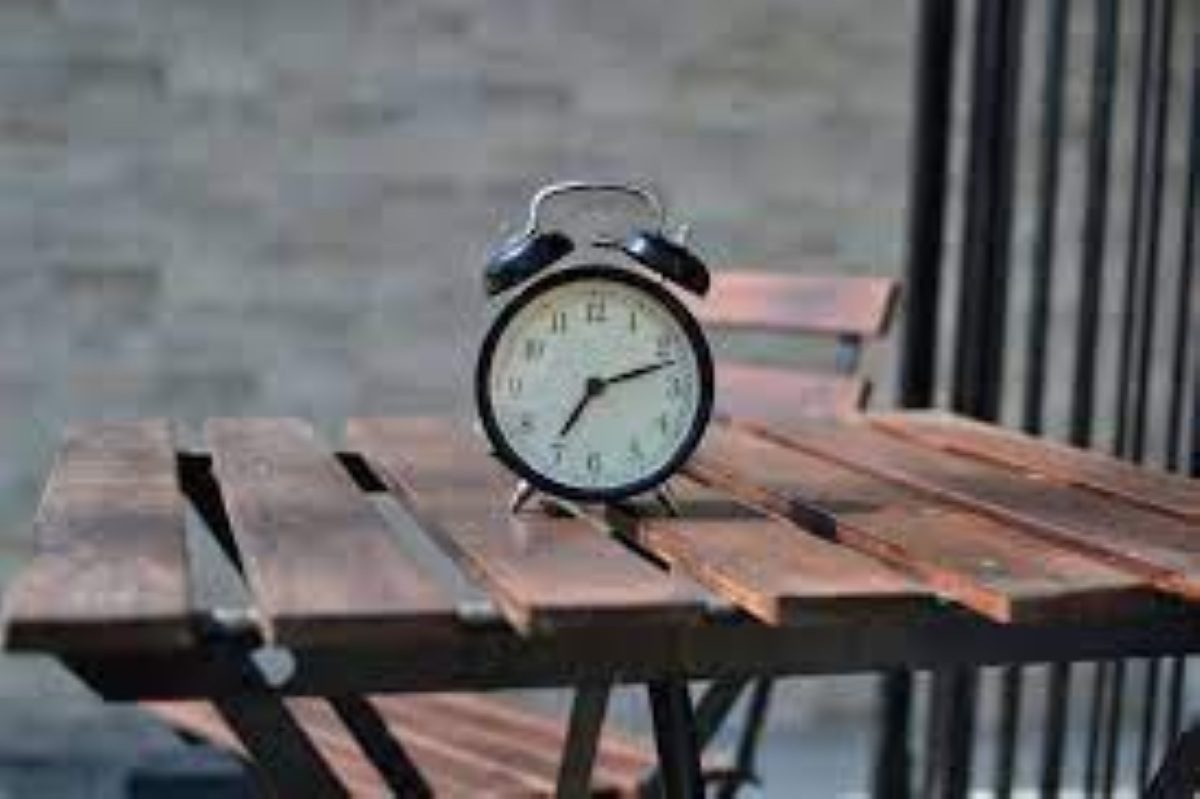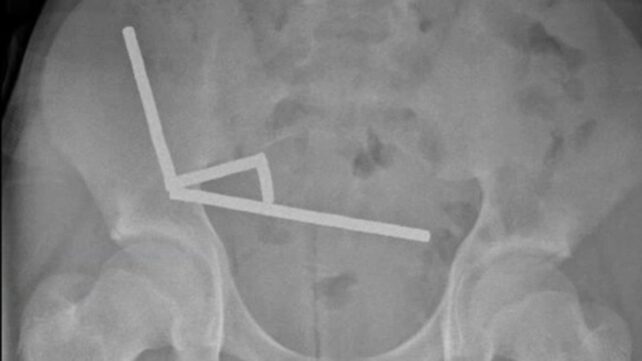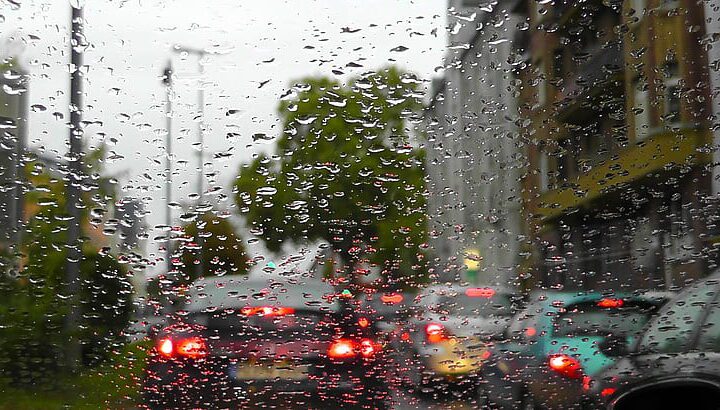The annual clock shuffle returns to Australia on Sunday, October 5, 2025, as daylight saving time kicks in for over 17 million residents across the eastern and southern parts of the country.
At 2:00am, clocks jump forward one hour in New South Wales, Victoria, Tasmania, South Australia, and the Australian Capital Territory. This means losing an hour of sleep but gaining extra evening sunlight just as warmer weather arrives.
This change transforms Australia from three time zones into five. When Sydney reaches 3:00pm (AEDT), Adelaide shows 2:30pm (ACDT), Brisbane 2:00pm (AEST), Darwin 1:30pm (ACST), and Perth 12:00pm (AWST). These differences can catch travelers and meeting planners off guard, especially during the October long weekend when many take trips.
Similar Posts
Queensland, Western Australia, and the Northern Territory stay on standard time year-round. This split stems from past public votes, with Queensland rejecting daylight saving in 1992 and Western Australia in 2009. Many northern regions argue they already receive ample daylight and warmer temperatures.
Lord Howe Island follows its own unique pattern, shifting clocks forward just 30 minutes rather than a full hour. Norfolk Island observes regular daylight saving, while Christmas Island and Cocos Islands stick with standard time throughout the year.
While smartphones and computers update automatically, you’ll need to manually adjust ovens, car dashboards, wall clocks, and watches. The Sleep Health Foundation suggests easing your body into the change by shifting bedtime 10-15 minutes earlier for several nights beforehand.
“Our internal body clock or 24-hour circadian rhythm will have to adjust to the time shift,” explains the Sleep Health Foundation. Most people adapt quickly, but temporary sleepiness affects some during the transition.
Research from Flinders University brings good news – any sleep disruptions typically fade within one to three months. Not everyone supports the practice, though. Professor Sean Cain from the Australasian Chronobiology Society likens the shift to experiencing “a little bit of jet lag” and argues for permanent standard time.
Daylight saving continues until Sunday, April 5, 2026, when clocks turn back one hour at 3:00am. Despite the ongoing debate about its merits, a 2024 survey revealed strong national support for the practice, with many Australians appreciating extended evening daylight for after-work activities during summer months.
The change traces back to 1916 when Australia first implemented daylight saving. Tasmania reintroduced it in 1967, with other states gradually adopting the practice—though clearly not all were convinced.Whether you love or hate the time shift, get ready for longer evenings and brighter summer nights in participating states. Just remember to adjust your clocks and maybe plan for a short afternoon nap that first Sunday.

















